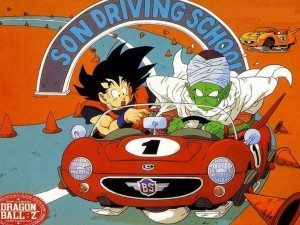
For a good majority of anime based on manga, there may come to a point where the anime catches up to the manga. In some instances, recent series such as Kyoukai no Rinne, Attack on Titan and One Punch Man tend to take a seasonal break to give the manga an opportunity to get ahead and for the anime to be consistently faithful to its source material when it's time to resume. On the other hand, in order for some shows to keep its day and time slot (especially Wednesday evenings when people are most likely to be home in Japan) where they can get the most ratings and money, some shows that consequently catch up to the manga instead keep the show going with anime exclusive material (infamously) called fillers.
This is a controversy to many fans because filler arcs/episodes at times don't really feel in touch with its source material by making characters act differently, or just tend to drag on, making the audience feel as if the show has little to no direction. For today's list, we will explore the most excruciating and annoying of fillers.
10. Pretty Soldier Sailor Moon (Bishoujo Senshi Sailor Moon)

- Episodes: 200
- Aired: February 1992 – March 1997
Despite being a series that was largely filler, Sailor Moon still managed to capture an international audience till this day for the past twenty years. However, with the case of Sailor Moon, it has legitimately good reasons why it is dominated as a filler series despite sharing core qualities with the original manga. One particular story arc that is all filler is certainly the Doom Tree arc featuring Ali and En (or Ann and Alan in the dub). One issue that fans have is the Moonlight Knight, serving as a substitute for Tuxedo Mask due to Mamoru/Darien still having his memories sealed after the events of season one. Naturally, fans and the cast would assume that the Moonlight Knight was Mamoru/Darien due to their obvious resemblances, fighting style, etc. However, when Mamoru and Moonlight Knight were seen together in the 3D arcade game together showing they are not the same person, it was initially a good plot twist.
Although, the way it ends with the revelation of the character being essentially Mamoru’s memories was rather anti-climatic. Wouldn't it have been easier and more convenient just to have Mamoru get his memories back to begin with just like how Sailor Moon and the other Sailor Senshi naturally did one-by-one? At any rate, after more than twenty years, fans of the original manga are finally treated to the Crystal series which is void of any fillers and remains faithful to the manga despite changes that represent changes in society.
9. Dragon Ball Z

- Episodes: 291
- Aired: April 1989 – January 1996
Along with its excessive power ups, charge up for attacks and fights, the original Dragon Ball Z broadcast is also an offender mostly due to the Garlic, Jr story arc. Though the Piccolo and Goku episode trying to take driving lessons tends to get a lot of (understandable) flack, this takes the cake. This story arc takes place between Freeza’s defeat on Namek and his return to Earth only to be cut up by Trunks. Garlic, a villain introduced and banished to the Dead Zone by Gohan in the first theatrical DBZ film comes back with a new group of minions, The Four Heavenly Kings of the Demon Clan, or the Spice Boys in the English dub, an awful spoof of the Ginyu Squad. Instead of being named after dairy products (with Ginyu being a play on the word milk in Japanese), the Spice Boys are named after spices (with the English dub coming out during a time when the name was culturally appropriate). And what is his plan? To turn the world into demons/vampires.
The problem is, after how much stronger Gohan has become since that saga along with the DBZ cast (Garlic was probably just as strong as Raditz), Garlic and his minions should have been a much easier fight than what was portrayed. Granted the series wants to show how the cast can survive without Goku, but there could have been better ways to portray that the cast could be independent such as maybe introducing other former minions of Freeza to tie more into the manga and to set up Freeza’s return, or show how Goku learned the Shunkan Idou. Thankfully, the Kai remix does not include the fillers in addition to shortening the fights and power ups.
8. Pokemon

- Episodes: 906
- Aired: April 1997 - ongoing
Based on the legendary Nintendo series by Miyamoto Shigeru and Tajiri Satoshi, is the long running anime adaptation that helped expand Japanese animation (and old school Japanese RPGs). Despite the long running popularity of the anime series, fans that are dedicated to the gaming series feel that many aspects of the anime are not a true representation of its source material. So in what ways does the Pokemon anime have filler? One foundational example is that whenever Ash and his crew are in town, there just always coincidentally has to be some circus or whatever fun event is in a town they just happen to stumble upon.
The nature of these episodes just got repetitive and do nothing to contribute to the development of the story and/or characters, and are rather for just cheap laughs. The Johto Arc is almost universally considered lousy and was awfully structured with no pay off.
7. Soul Eater
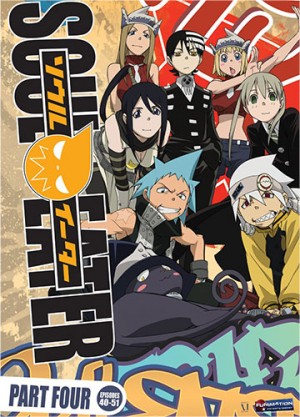
- Episodes: 51
- Aired: April 2008 – March 2009
In the crazy world of Death City in Nevada, is a school called Shibusen, or more like a school of making death scythes for Shinigami to fight evil. So what are these weapons made of? Human hybrids who have consumed the souls of 99 evil doers and one witch, and once they do, they can transform into a living weapon and be held by meisters. Our two main characters are Maka Albran, a young lady who becomes a meister and her weapon/partner, the titled Soul Eater, real name Soul Evans. Despite their messed up relationship, they come together and fight evil when it counts.
Towards the last third or so of the anime, it would be dominated with fillers. It started to go in a very different direction that was very difficult to put in definition. Granted these were the episodes in which Excalibur made his impact and expanded his popularity, but he was progressively becoming something of a Deus Ex Machina, and just consequently overrated and abused his appeal.
6. Black Butler 2 (Kuroshitsuji 2)
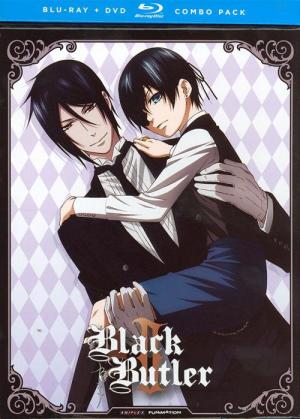
- Episodes: 12
- Aired: July 2010 – September 2010
Based on the (presently still in publication) manga by Toboso Yano and recently made into a live action movie, this is the story of Ciel Phantomhive, an orphan from Victorian-era England who lost his parents and was captured by a gang. After his release, he enlists the services of a demon named Sebastian Michaelis, who serves as a butler to Ciel. So how much does it cost to acquire the services of Sebastian for your revenge? It is going to cost your soul! Together, they solve mysteries and try to get Ciel’s vengeance.
Unfortunately, the anime premiered way too early than it should have and just consequently caught up to the manga. The first half of the first season which revolves around the manga material ends in a very satisfying spot, and the second story arc just simply ruins it and tries to make something new but falls flat.
Fans of the manga who saw the anime felt many of the filler episodes were not productive and that the character portrayals were not accurate. How does a black market organ donor faint at the site of blood? Plus, the relationship exploration is just awful. Many viewers not familiar to the manga tend to enjoy it and think it is a good alternative take to its source material. Thankfully, season 3, or the Book of Circus, reverts back to the original material and has been met with instant praise from fans of the manga.
5. The Melancholy of Haruhi Suzumiya Season 2 (Suzumiya Haruhi no Yuutsuu)
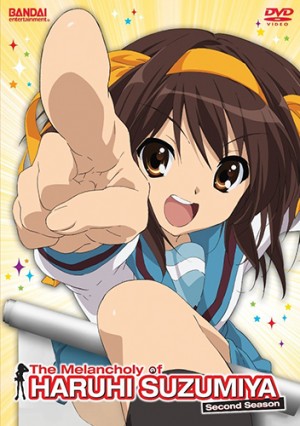
- Episodes: 14
- Aired: May 2009 – September 2009
Based on the novel series by Tanigawa Nagaru, are the wacky adventures of Suzumiya Haruhi and the SOS Brigade, consisting of an unusual clique of a time traveler, an esper, an alien, a regular Joe, and Haruhi herself. The first anime series was met with instant critical acclaim and fans (unfamiliar to the novels) anticipated the next installment and was met with disappointment. We will not deny the inclusion of this will result in controversy between fans of the Suzumiya Haruhi stories. Yes, it is based on what happened in the original novel and there is a purpose to the series being put in a time loop but this is not considered effective storytelling.
As fans know, the Endless Eight season is just the same episode over and over again but with something different. Granted it does serve some purpose, but when broadcasting on a weekly basis without the privilege of binge watching is rather frustrating. Even binge watching, it is rather difficult to watch because viewers want to know the point of what’s going on right away. By the time the series ends, it really feels like nothing happens and there was really no advancement or development to the characters or story. Thankfully, the following Disappearance of Haruhi Suzumiya movie makes up for it.
4. Inuyasha

- Episodes: 167
- Aired: October 2000 - September 2004
Based on Takahashi Rumiko’s manga, this tells the story of Higurashi Kagome, a modern day schoolgirl who fights in a feudal Japan plagued with demons. Premiering just a couple of years after the debut of the manga, it was only a matter of instant timing that the anime would catch up. The creators of this series knew where to place the fillers to not disrupt the pace of the main story. If one story arc from the manga was completed and the creators needed time for the manga to get ahead, this anime knew how to do it. However, Inuyasha, when based on its source material, was very excellent at balancing the action, comedy, horror and romance. Most of the filler episodes were too comedy centric, especially about Shippo being considered a hero to the foxes, or Kagome being kidnapped by Chokyukai, a boar demon.
Inuyasha being exclusively as a comedy just does not work and needs the other elements to effectively tell its story that this is a world of danger, hope, and that everyone can come together regardless of being human or demon. Unfortunately, the fillers do not achieve any of that which is why fans don't like them. The first anime series ended on a very sour note due to these fillers but thankfully, the series came back to tell its true ending.
3. Rurouni Kenshin

- Episodes: 95
- Aired: January 1996 – September 1998
If there is one series that has become the ultimate offender that actually got its series cancelled, it has to be Rurouni Kenshin. Famous for its intense and intricate action sequences, wonderful story and character development and its killer soundtrack, after the Kyoto/Shishio story arc, the remainder of the series is all annoying filler. Granted some had some good intentions, but they all fall flat. Many of them go no where and do nothing to advance the story or develop the characters. The original villains were really lame and were as charismatic as paint drying.
Fans (especially those familiar with the manga) were enduring such pain to see its final arc, the Jinchu arc and it was the arc that would bring Kenshin and his friends full circle. Heck, even the ending theme of that part of the series features Enishi, the final villain. Unfortunately, the fillers made viewers lose interest, ratings plummeted, and the show was cancelled before it even got its chance to show why the true excellence of the original source material. Granted there was the Reflection OVA series, but many hardcore fans and even Watsuki-sensei himself, all admitted to hating that OVA because the expression wasn't a true representation of the series. Despite having an OVA re-telling the Kyoto Arc, fans are still hoping for an ending to Kenshin in animated form.
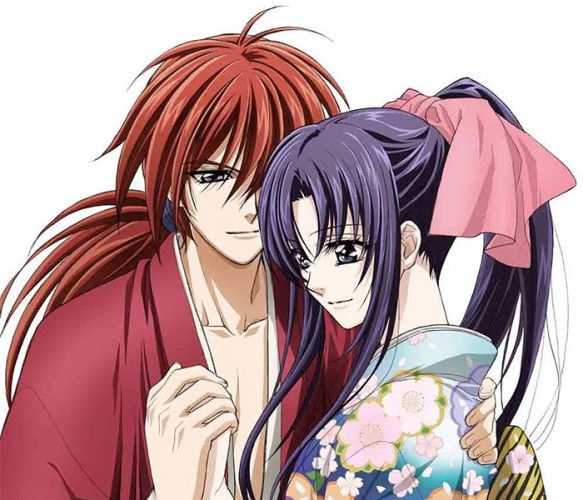
2. Bleach
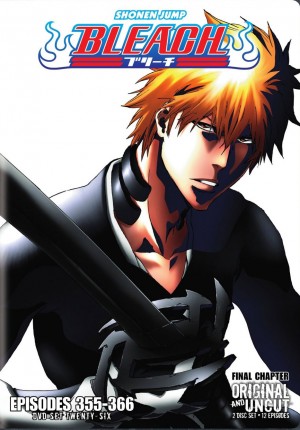
- Episodes: 266
- Aired: 2004 - 2012
Now, we have Bleach, based on the series by Kubo Tite, a story of Shinigamis, or Grim Reapers who hunt down demons/ghosts. In one instance of Bleach’s numerous filler arcs, one was a turn off that paved way for making the series viewers lose potential interest, that was the Bount Arc, the very first filler arc.
It was about the Bount, a group of people who were enemies to the Soul Society. The story arc just went on for too long and was the beginning for fans in realizing that Bleach fillers (like an anime we will next introduce) just went on forever. It is a foundational example on how fillers do not contribute to the main story arc and the original characters were really dull. Lastly, let’s not touch the volleyball episode.
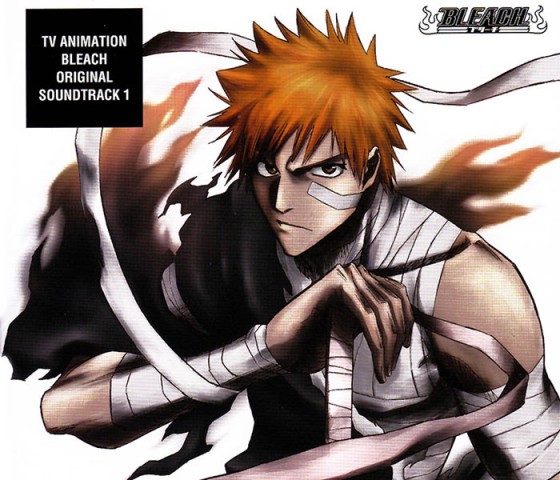
1. Naruto Shippuden
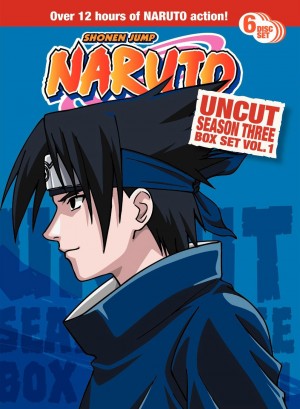
- Episodes: 454
- Aired: Dates: February 2007 - ongoing
At first place, we have Naruto Shippuden. This is one series that has consistently gotten a nasty reputation for its fillers over the last ten years dating back to the original Naruto anime series. It started in 2005 when the series caught up with the manga and went for most of 2006 with exclusively being fillers (about 75% of the entire series are filler episodes). Even a year after the manga ended, the fillers just only extended the series beyond its course. Why Naruto stayed on the air despite all this, its time slot just happens to be a convenient time when most Japanese citizens are most likely to stay home and watch TV, Wednesday evenings.
Many of its fillers lack any coherent direction and ruins the rhythm of the main story and, considering after the time jump which leads to the Shippuden part of the series, has many long story arcs that drag even in the original source material. It is nice the series does focus on other characters but there is still a war going on that the audience would like to see finished, and the fillers do little to nothing to help in that regard.
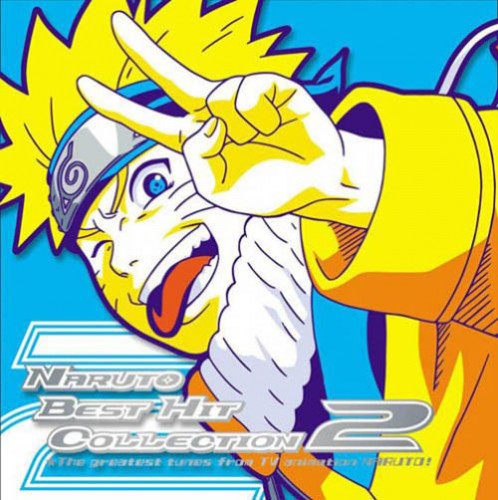
Final Thoughts
So here is Honey’s Top 10 Most Annoying Anime Fillers. Do you share any disagreements? Have any additions of your own? Do you think anime based on certain material such as manga, novels, and games should be obligated to faithfully follow the original? Should anime based on manga have a break when in the instance it catches up? Please leave a comment below as they are always welcome.
Recommended Post


